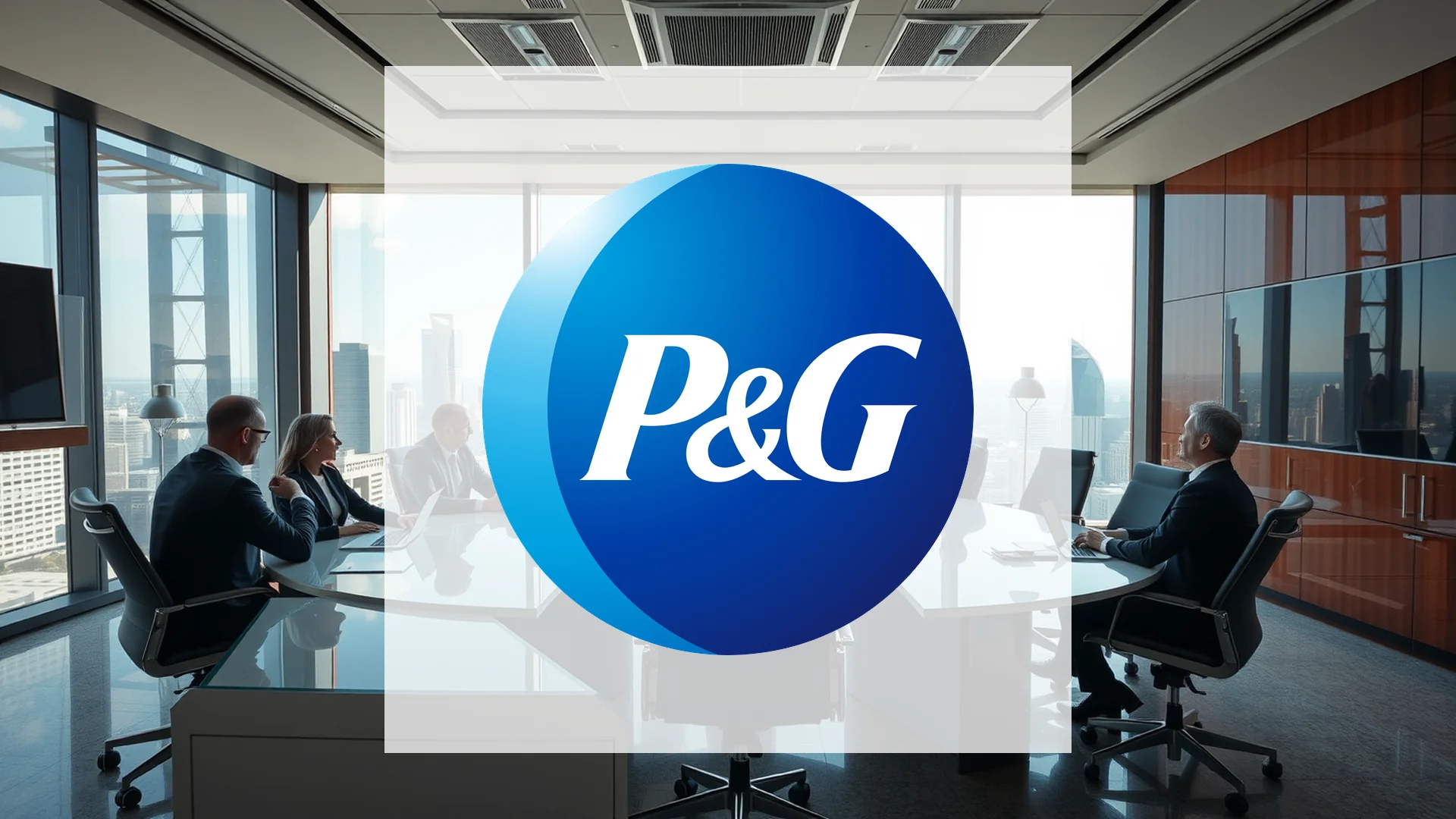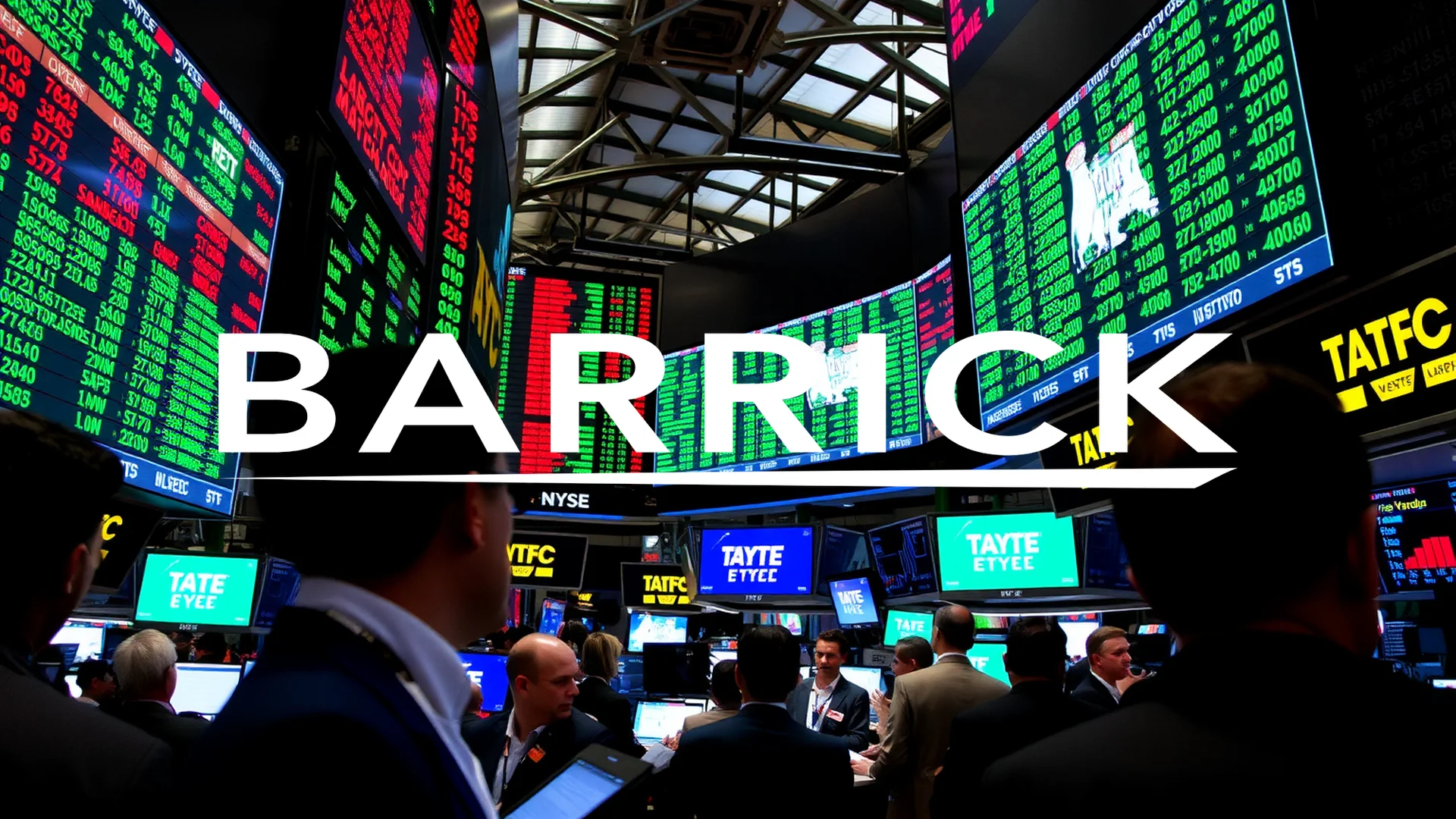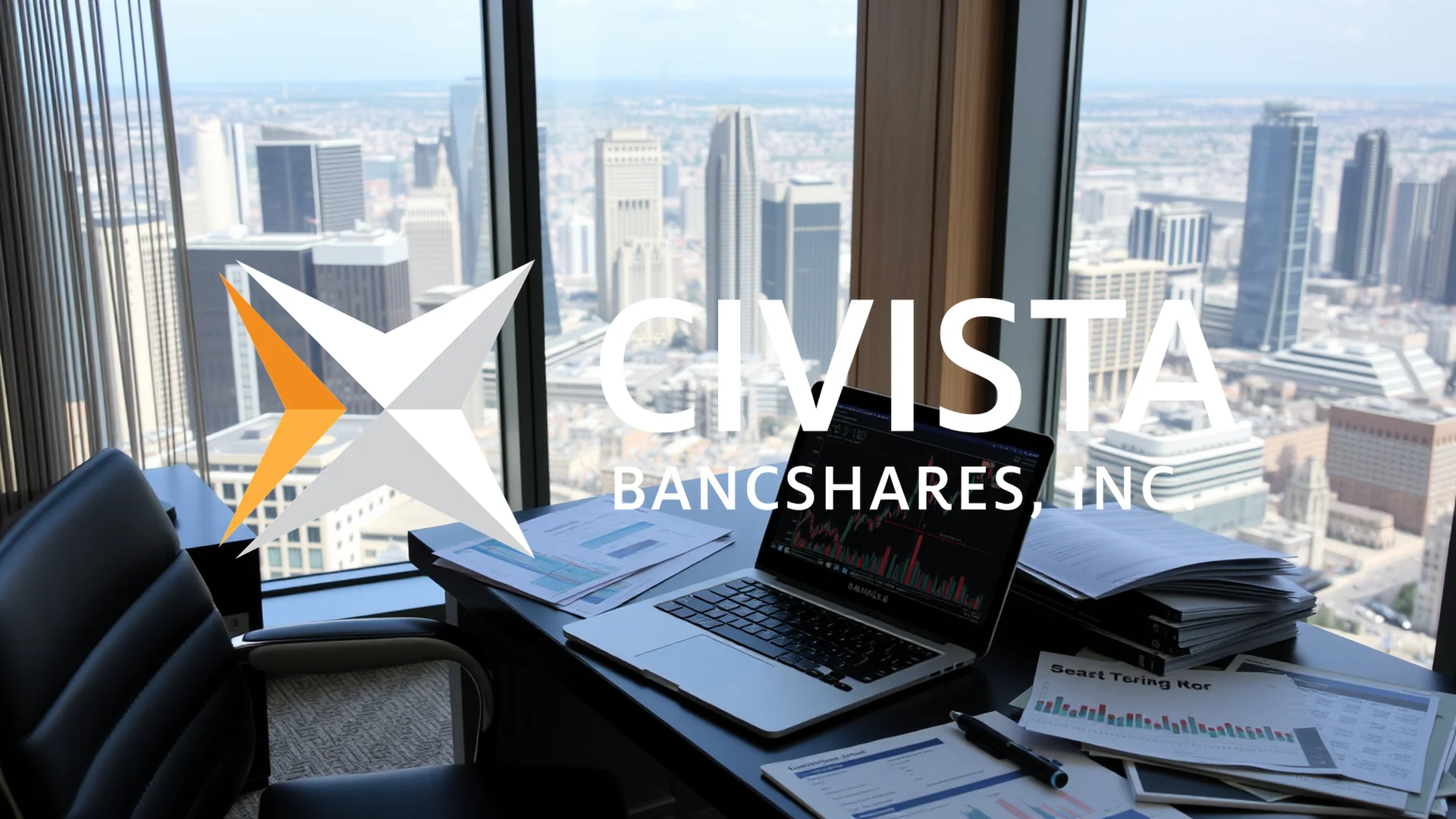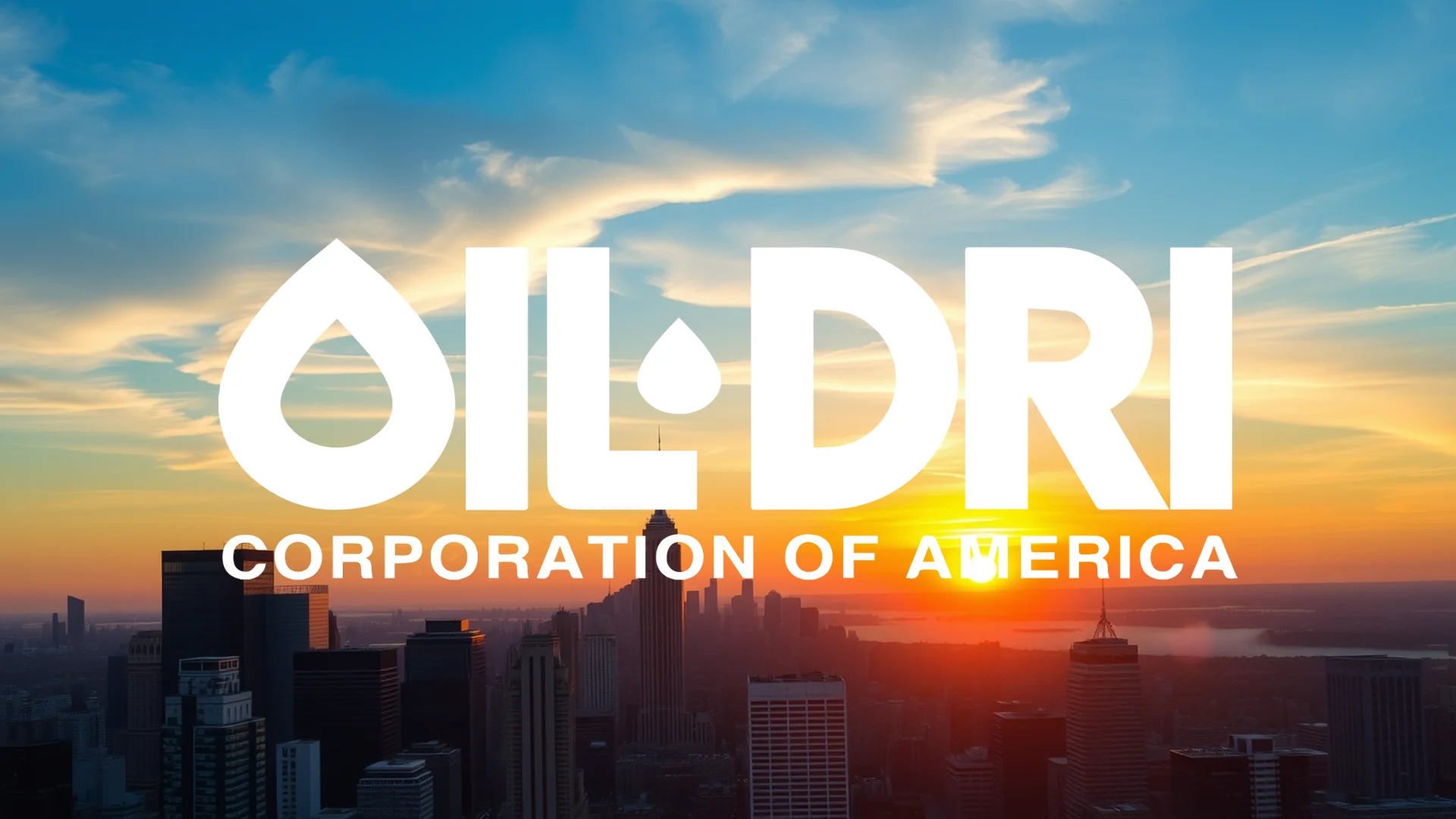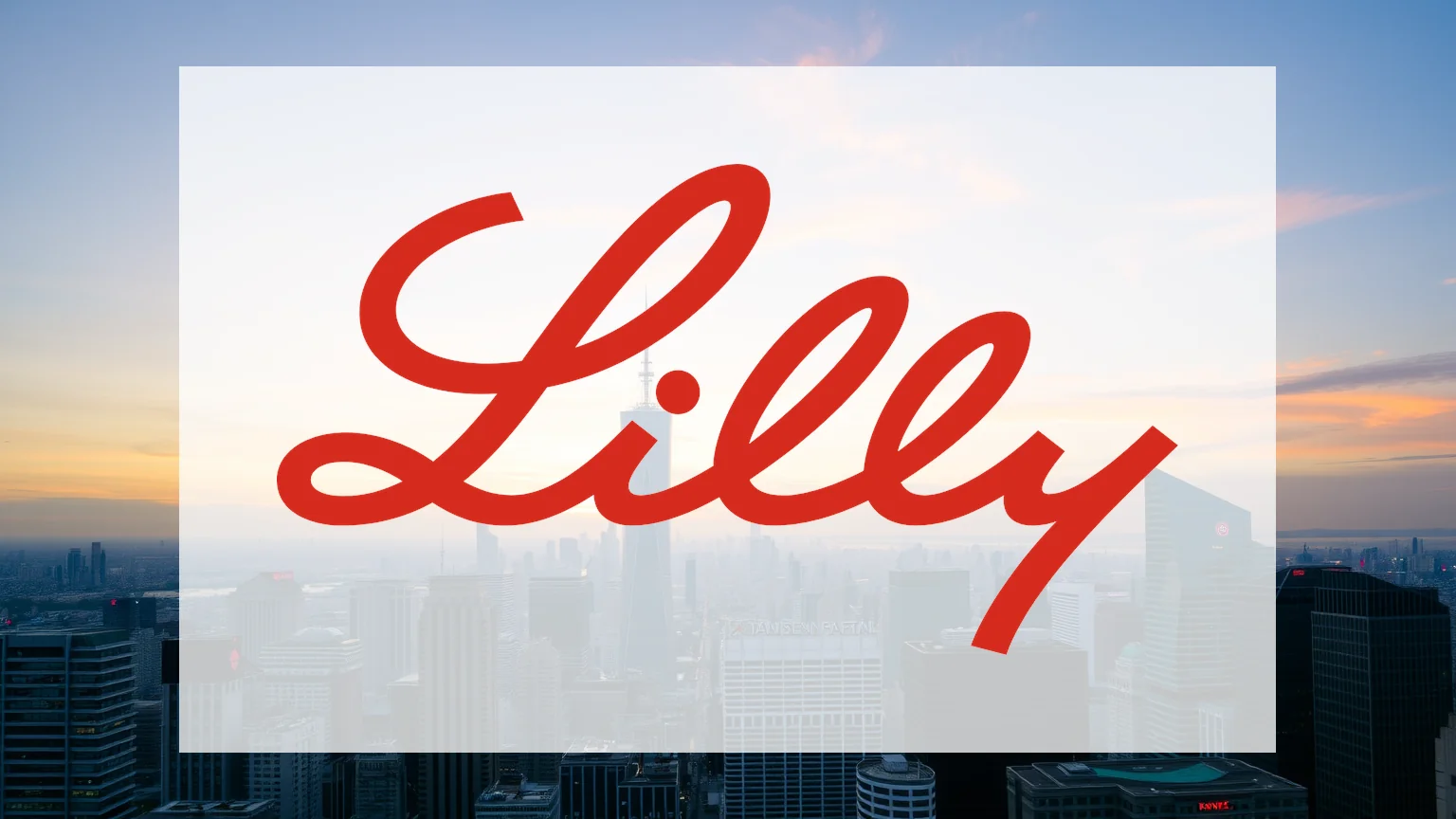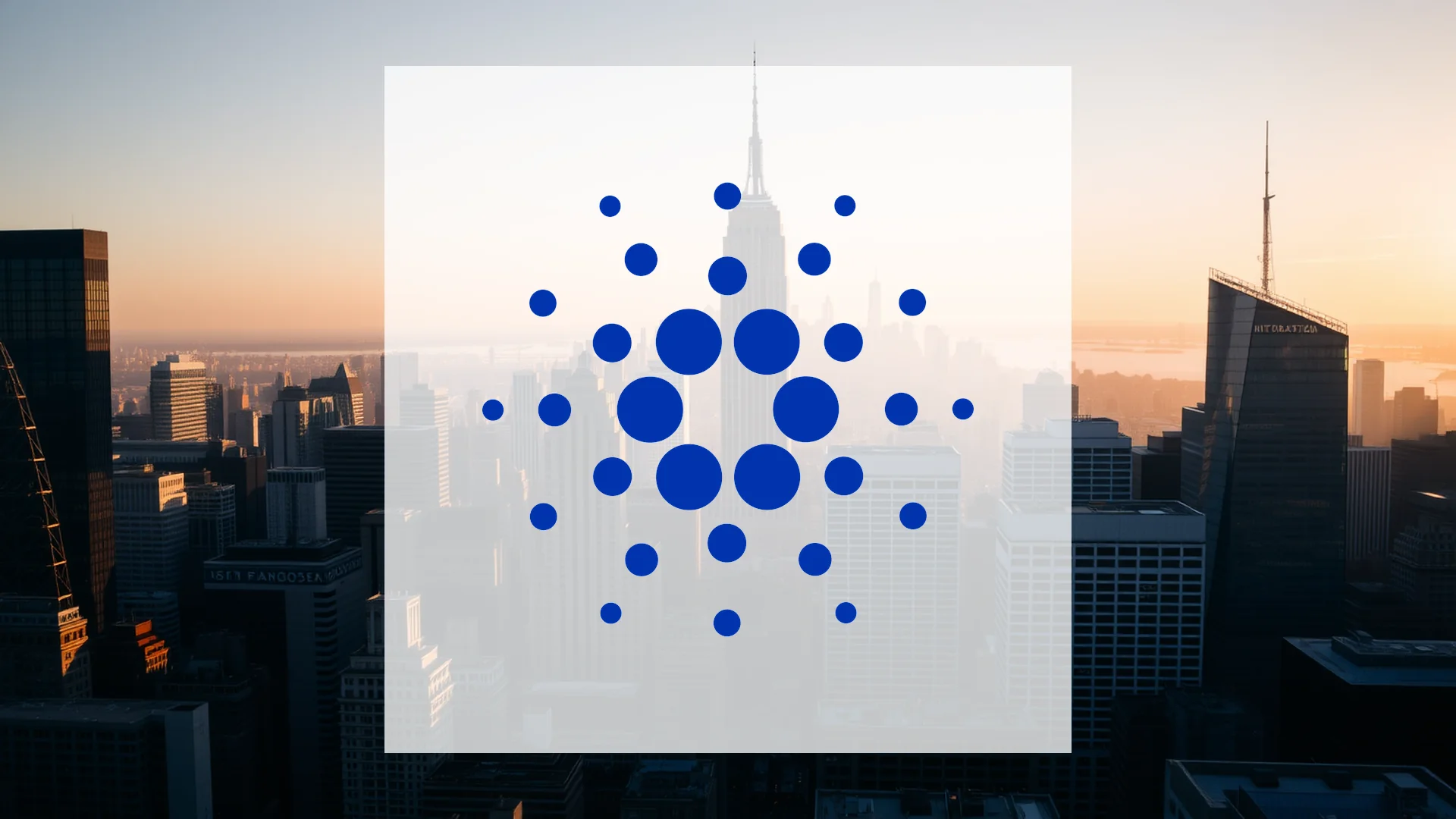A puzzling divergence is emerging for consumer goods titan Procter & Gamble. The company’s latest fundamental data portrays a picture of resilience, yet its technical chart patterns are flashing concerning warnings. This creates a complex dilemma for shareholders, forcing them to weigh robust financial health against bearish market signals. Are investors witnessing a temporary pullback for a reliable dividend champion, or do the charts hint at more profound underlying challenges?
Technical Charts Paint a Worrying Picture
Despite the fundamental story, a technical analysis of P&G’s stock performance introduces significant doubt. Market technicians are observing a cluster of bearish indicators that suggest a potential correction could be imminent. The appearance of multiple ‘Bearish Engulfing’ candlestick patterns, coupled with overbought readings on key oscillators like the Williams %R and the RSI, points to growing selling pressure. This stark contrast between stable business results and pessimistic chart signals is generating notable uncertainty in the market.
A Look at the Mixed Fiscal 2025 Results
The company’s full-year fiscal 2025 earnings report presented a decidedly mixed bag. Net sales remained flat year-over-year at $84.3 billion, though this figure was bolstered by a 2% increase in organic growth, which excludes the impact of currency fluctuations and acquisitions. On a per-share basis, diluted earnings climbed 8% to $6.51.
Should investors sell immediately? Or is it worth buying Procter & Gamble?
However, a critical metric is causing concern among analysts. The company’s operating cash flow experienced a decline, falling to $17.8 billion from the previous year’s $19.8 billion. This is a vital data point that investors are monitoring closely, as a strong cash flow is the essential engine funding the corporation’s extensive shareholder return program.
Dividend Sustainability Questions Emerge
Even with the noted decrease in cash generation, Procter & Gamble did not alter its generous capital return policy. In fiscal 2025, the company returned a massive $16 billion-plus to its shareholders through a combination of mechanisms:
* $9.9 billion in dividend payments
* $6.5 billion in stock buybacks
These actions successfully uphold the company’s esteemed status as a Dividend Aristocrat, a title earned by increasing its shareholder payments for 69 consecutive years. Nevertheless, the key question facing the market is whether this high level of payout remains sustainable if the softer cash flow trend persists. The market appears to be caught between rewarding a proven distribution strategy and pricing in anxieties over a potential growth slowdown.
Ad
Procter & Gamble Stock: Buy or Sell?! New Procter & Gamble Analysis from December 10 delivers the answer:
The latest Procter & Gamble figures speak for themselves: Urgent action needed for Procter & Gamble investors. Is it worth buying or should you sell? Find out what to do now in the current free analysis from December 10.
Procter & Gamble: Buy or sell? Read more here...

